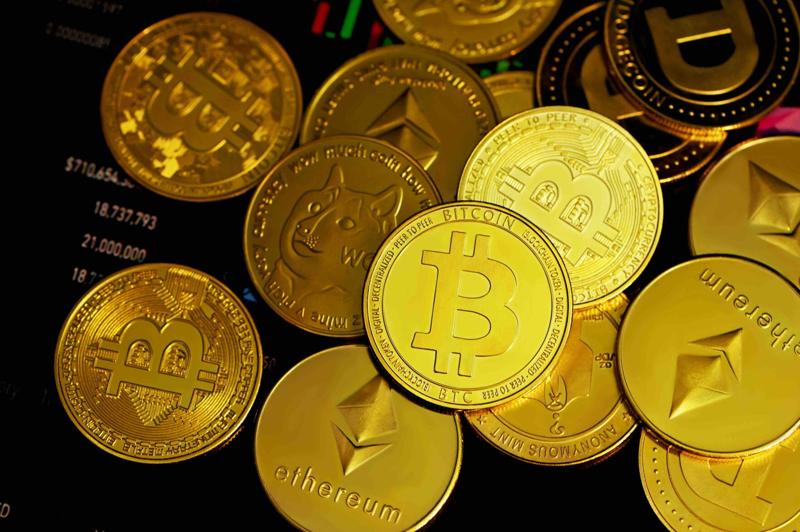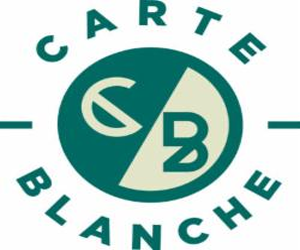The crypto company Ripple recently offered big money to purchase the company best known for issuing the USDC stablecoin.
Ripple, best known for its XRP token, offered somewhere between $4 billion and $5 billion to take over Circle Internet Group Inc. However, its proposal was rejected and seen as too low, Bloomberg reports.
The offer would have consolidated two prominent stablecoin companies had Circle accepted the deal.
Although Ripple hasn’t ruled out making another offer, the rejection baffled crypto experts. Some argue Circle will regret its decision.
Ripple has aggressively launched a stablecoin of its own (RLUSD) and wants to become a serious competitor to Circle’s USDC and Tether’s USDT, potentially hurting both their market shares; these stablecoins are cryptocurrencies with values pegged to the United States dollar.
Had Ripple acquired Circle, it would have owned the world’s second-largest stablecoin, according to CNBC.
A merger between Ripple and Circle would’ve diversified the two companies’ revenue streams, former Amazon and IBM executive Sandy Carter wrote in a recent Forbes article.
Carter noted Ripple could have introduced USDC stablecoin to foreign markets, vastly expanding its reach.
“Its network reaches far beyond U.S. borders, with strong relationships across Asia, Latin America, and Europe,” she wrote. “Ripple says that 90% of the company’s business is conducted outside the United States. That kind of reach could’ve propelled USDC into markets where stablecoin adoption is still in its infancy but growing fast.”
Carter added that the rejection indicates Circle has confidence in its product and thinks it can build the digital infrastructure necessary to increase its global market share.
“For leaders in fintech, digital assets, and global payments, the lesson is clear: market share alone doesn’t win the future,” she wrote. “It’s about ecosystem reach, interoperability, and trust. Circle is betting that those three pillars will serve it better independently. Ripple is betting it can build or acquire its way to the same destination, faster.”
David Tawil, president of crypto hedge fund ProChain Capital, thinks Circle CEO Jeremy Allaire is taking too much risk by rejecting such a lucrative offer, especially since more mainstream financial companies may start up stablecoins in the coming years.
“Allaire is assuming a lot of risk over whether #Circle will be able to survive on its own when the stablecoin wars are unleashed (every bank, tech company, etc.),” Tawil posted on X. “However, $USDC is Allaire’s baby and it’s certainly hard to part with autonomy over your baby and merge it with Garlinghouse. $XRP.”
Tech policy expert Roslyn Layton said the two sides could have made a good team, especially as Circle has struggled to have an Initial Public Offering.
“Acceleration happens in bear markets, and innovation turns to conquest in the rebound,” she posted on X. “The window is closing. @Circle is hitting IPO headwinds and @Ripple has cash, infrastructure and legal clarity.”
This year, Circle is amid its second attempt to go public. It tried to in 2022 but had a $9 billion merger deal collapse that would have allowed it to happen, according to Reuters.
Amid ongoing stock market volatility, other cryptocurrency companies are delaying their plans to go public, The Wall Street Journal reports.







